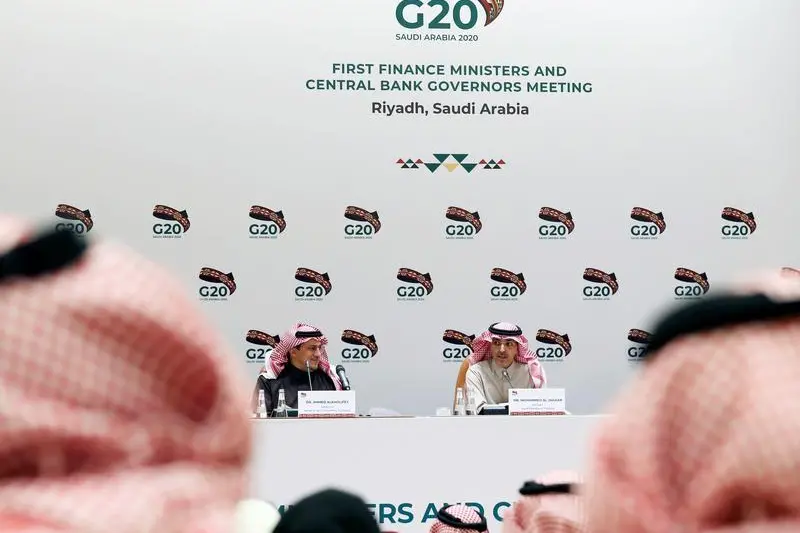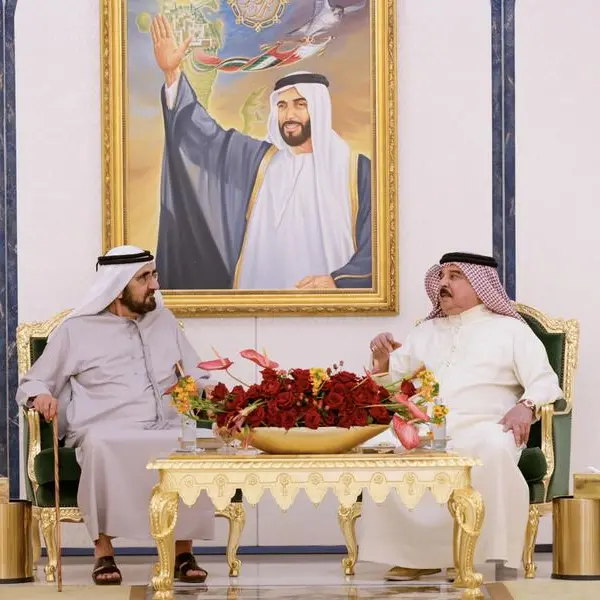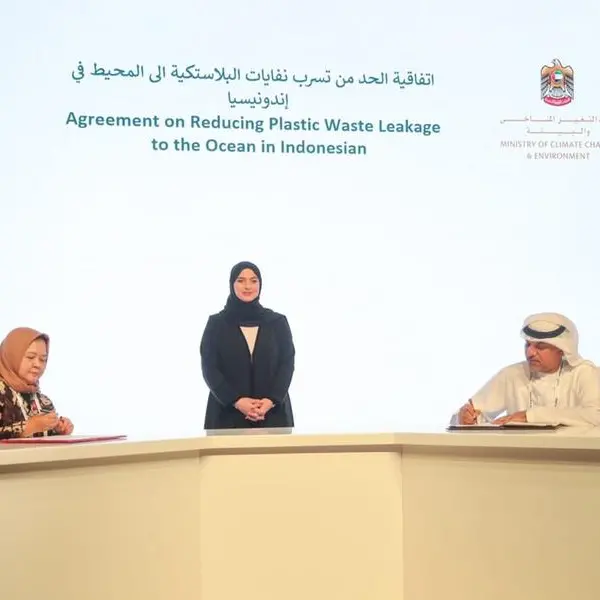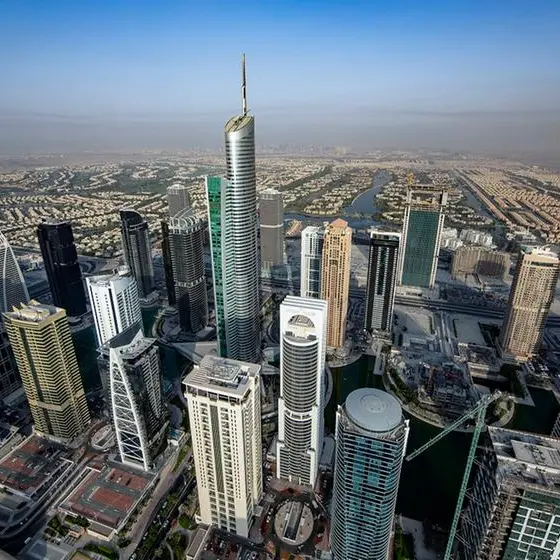PHOTO
Under the leadership of the Saudi Arabia G20 Presidency, energy ministers endorsed an important new approach to carbon management, the circular carbon economy (CCE). KAPSARC and its partners — the International Energy Agency, the OECD, the International Renewable Energy Agency, the Nuclear Energy Agency, and the Global CCS Institute – wrote the Guide to the Circular Carbon Economy (CCE).
The CCE is an integrated and inclusive approach toward more comprehensive, resilient, sustainable, and climate-friendly energy systems that support and enable sustainable development.
It encourages countries to take advantage of all technologies, forms of energy, and mitigation opportunities, according to resource availability, economics, and national circumstances.
The idea of the CCE is an evolution and extension of the notion of the circular economy, and its three ‘Rs’ — reduce, reuse and recycle. A circular economy seeks to use as few new raw materials and creates as little waste as possible. This also saves energy, which in turn reduces emissions. The focus of the circular economy, though, is not on managing carbon.
Cars provide a good example of how the circular economy can function. We can reduce the number of cars needed through new ownership structures like car- and ride-sharing. Cars can also be designed to last longer and be reused, requiring fewer of them to be produced. Fewer cars being produced reduces the demand for the materials needed to produce them and also reduces the energy consumed in the manufacturing process. Finally, when a car can no longer be reused, its component parts can be recycled. Recycled materials avoid using additional raw materials and require less energy to produce.
The CCE, on the other hand, is focused directly on managing carbon. CCE applies the same 3 Rs as the circular economy, adding a fourth R for remove. We can reduce the amount of carbon that must be managed in the first place by using energy resources that do not create carbon, such as non-biomass renewables and nuclear power, alongside energy efficiency measures. Trees, plants, algae, etc already recycle carbon by drawing it from the atmosphere. We can harness this process by using bioenergy derived from these biomass resources. Carbon capture technology can remove carbon before it is released to the atmosphere; direct air capture technology can even remove it from the air, making it available for storage. We can reuse the carbon by converting it to feedstocks for industry to make chemicals, concrete and other building aggregates, and even to make fuels.
CCE offers a way forward for Saudi Arabia and other countries with hydrocarbon resources to make meaningful contributions to mitigating climate change by shifting the focus toward carbon management. Amory Lovins, a famous analyst and energy efficiency advocate, once said that people do not want energy; they want cold drinks and hot showers. The same idea applies to climate change. People do not want bioenergy and carbon utilization or renewables and carbon storage or any other particular strategy to avoid climate change; they want a safe climate and an improved quality of life. As such, the CCE welcomes all options that can help achieve climate goals.
The CCE approach focuses on managing the carbon in hydrocarbons, while sustaining the benefits that oil and gas provide to producers, consumers, and economic prosperity. It offers pragmatic solutions to climate challenges, while contributing to sustainable economic development and diversification. Hydrogen, for example, is widely seen as a solution for reducing emissions in hard-to-abate industrial sectors. Saudi Arabia is well-positioned to produce blue hydrogen — hydrogen made from hydrocarbons with the resulting carbon dioxide (CO2) captured and stored — and is working with Japan to make it a reality. The Kingdom has abundant geologic formations for storing CO2 at a massive scale.
Saudi Arabia is also leading the world with the largest investment in green hydrogen, made using renewables. The country has some of the best solar resources in the world, and is also endowed with significant wind resources.
Saudi Arabia is an ideal location to deploy direct air capture as the technology matures and costs decline. The country’s abundant solar resources could power the technology, and the CO2 could be stored in its geologic reservoirs.
The Saudi Energy Efficiency Center (SEEC) has already achieved significant energy and emissions reductions and will continue to pursue cost-effective energy efficiency options. Saudi Aramco and SABIC are pioneering the research and development of advanced technology for the CCE.
The Kingdom is perfectly positioned to provide global leadership on the circular carbon economy and is in the process of establishing a national regulatory and financial framework to deliver real-world solutions.
• Eric Williams is a research fellow at KAPSARC.
Copyright: Arab News © 2020 All rights reserved. Provided by SyndiGate Media Inc. (Syndigate.info).












